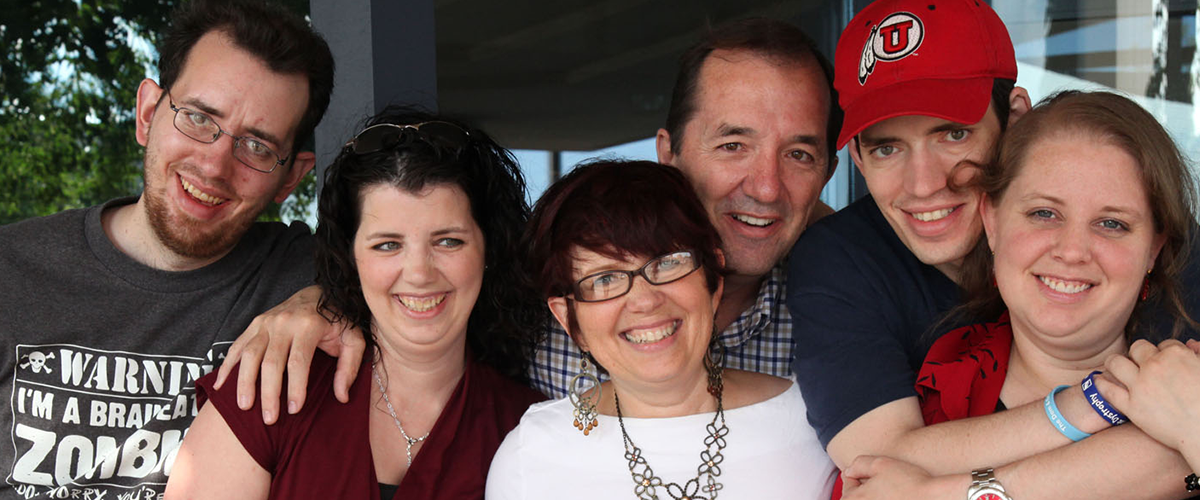Defective Myogenesis and DM1
Considerable literature now supports the notion that impaired myogenic differentiation plays an important role in the pathogenesis of DM1, particularly CDM (for reviews, see Thomas et al., 2018 and André et al., 2018). In studies using patient isogenic cell lines with large CTG repeats at the DMPK locus, Muscleblind sequestration and consequent mis-splicing have been demonstrated as early as the myoblast stage (André et al., 2019a). Better understanding of the etiology of muscle defects in DM can provide insight into disease mechanisms and putative targets for therapy development.
Expanding Upon the DMPK (CTG)2600 Repeat Cell Line
Taking further advantage of their isogenic CDM line, (CTG)2600, Dr. Derick Wansink (Radboud University Medical Center) and colleagues have addressed the reversibility of the myogenic defects they identified previously in this model (André et al., 2019b). In this study, they compared myogenesis in (CTG)2600 with that of cells where the expanded repeat was removed using CRISPR/Cas9 genome editing.
While failed fusion results in arrested myotube development in the (CTG)260 CDM line, excision of the expanded repeat restored the myogenic program and myotube differentiation (improved fusion index nuclei/cell, and myosin expression), while not altering the chromatin configuration characteristic of CDM (i.e., unaltered CpG island methylation and DM1 locus gene expression patterns). Moreover, gene and protein expression patterns for various regulators of myogenic differentiation (e.g., MYOD, MYOG, and MYF5), molecular markers of myogenesis (e.g., DMD, MHCp, and MHCe), and MBNL expression and related splicing patterns were restored in the edited cell line. The research team noted that few and selective changes in the myogenic transcriptome/proteome were observed.
Molecular Events Underlying CDM Severity
The singular action of repeat excision, in the absence of alteration of CDM-associated epigenetic changes at the DMPK locus, restored the myogenic program in a CDM cell line. These data further support the hypothesis that altered myogenesis driven by exceptionally large repeat expansions represents a major contributor to the skeletal muscle phenotype in CDM. Finally, these data have implications for the development of genome editing strategies to therapeutically target DM.
References:
Myotonic Dystrophy and Developmental Regulation of RNA Processing.
Thomas JD, Oliveira R, Sznajder ŁJ, Swanson MS.
Compr Physiol. 2018 Mar 25;8(2):509-553. doi: 10.1002/cphy.c170002. Review.
Abnormalities in Skeletal Muscle Myogenesis, Growth, and Regeneration in Myotonic Dystrophy.
André LM, Ausems CRM, Wansink DG, Wieringa B.
Front Neurol. 2018 May 28;9:368. doi: 10.3389/fneur.2018.00368. eCollection 2018. Review.
(CTG)n repeat-mediated dysregulation of MBNL1 and MBNL2 expression during myogenesis in DM1 occurs already at the myoblast stage.
André LM, van Cruchten RTP, Willemse M, Wansink DG.
PLoS One. 2019a May 22;14(5):e0217317. doi: 10.1371/journal.pone.0217317. eCollection 2019.
Recovery in the Myogenic Program of Congenital Myotonic Dystrophy Myoblasts after Excision of the Expanded (CTG)n Repeat.
André LM, van Cruchten RTP, Willemse M, Bezstarosti K, Demmers JAA, van Agtmaal EL, Wansink DG, Wieringa B.
Int J Mol Sci. 2019b Nov 13;20(22). pii: E5685. doi: 10.3390/ijms20225685.

